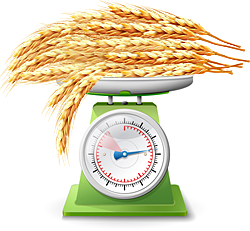Rape
Rape (lat. Brássica nápus) - views herbaceous plants belonging to the genus Cabbage of the Cabbage family (Cruciferous). This plant is interesting in that its wild ancestor is not found anywhere, culture emerged as a result of crossing thousands of years ago, cabbage and sureity.
In many countries the title of this culture brings together a number of species of this family, including Sibiu, rape, mustard Sarepta. Currently, this culture has a high value and is used in many sectors of the economy. In the food industry from its seeds, which include vitamins PP, B1, B2, E, calcium, magnesium, potassium, sodium, phosphorus, iron, receive high-quality oil and margarine. In metallurgy, the oil of this culture is used for hardening steel. In addition, a plant widely used in medicine, soap, leather and textile industries.
Rape is also a valuable fodder crop: green grass, hay and grass meal from it is used as feed for cattle, in addition, the plant is beautiful pastoral culture. And after the process of pomace oil, you can get a meal and the meal is a valuable concentrated feed with high protein content, especially in demand in livestock winter as a food base for premixes and feeds. This also rasteryavshihsya green fertilizer and excellent bee plant from one hectare of this culture produces 60 to 90 kg of honey.
It should be noted that in recent times the interest in rapeseed has increased significantly due to the early production of alternative fuel for engines - biodiesel based on rapeseed oil. Statistics show that world production of this crop reaches 62 million tons per year. The world's main producers are France, Germany, Poland and Canada, and Ukraine supplies to foreign markets just over 10% of world exports.
In our country acreage involved in this culture, take about 900 thousand ha, the average yield of 20 t/ha, and the average gross yield reaches more than 1 million tons per year.
Rape for Ukraine - export oriented culture, so the average annual volume of export is 900 thousand tons per year.





